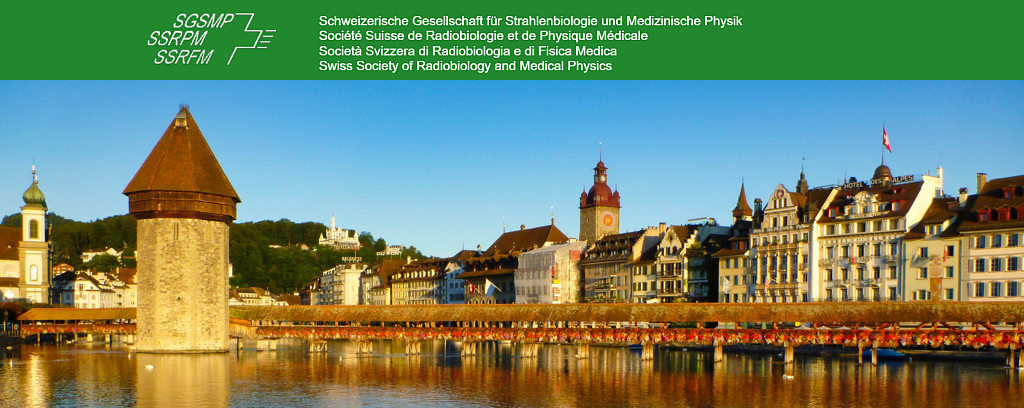Speaker
Description
Purpose
The task of co-optimizing dose and image quality is challenged by technological advancements in Computed Tomography (CT), including Machine Learning (ML)-driven image reconstructions. Conventional methods of image quality assessment often fail to capture radiologists’ clinical perspective. To address this, a method based on the Difference-Detailed Curve (DDC) has been developed, involving human observers assessing low-contrast object visibility in purpose-designed phantoms. Due to the labor-intensive and variable nature of this procedure, automating and standardizing with ML models emulating human observers is desirable.
Methods
A Bayesian model observer framework is formulated to generate well-calibrated probabilistic low-contrast object visibility predictions, which plays a crucial role in quantifying observer variability. Additionally, a reliability indicator for probability predictions is introduced by estimating an "effective number of observations". This quantifies the extent to which the trained model observer effectively utilizes observations in the training set for predictions on the test set. Using this framework, a 3D U-Net model observer is trained on a dataset containing 15 phantom scans, each featuring 60 imaged low-contrast objects assessed by 10 observers. The model’s performance is subsequently evaluated on 9 additional scans.
Results
Accurate visibility probability predictions are achieved on the test set, demonstrating a Mean Squared Error of 0.011 and an estimated effective number of observations of 8.3, indicating that statistically, the trained model observer incorporates information from approx. 8 human observers. Most importantly, these predictions yield a distribution of DDCs that closely mirrors the DDCs observed by human observers on the test dataset.
Conclusion
The introduction of the Bayesian framework enables the selection of a standardized model observer tailored to the task at hand by choosing an appropriate probability threshold. Moreover, notable practical results have been attained even with a limited training dataset of only 15 scans. However, it is crucial to emphasize that while the obtained results are promising, ensuring the reliability and generalizability of the probabilistic model observer and its methodology demands validation on a larger dataset.

